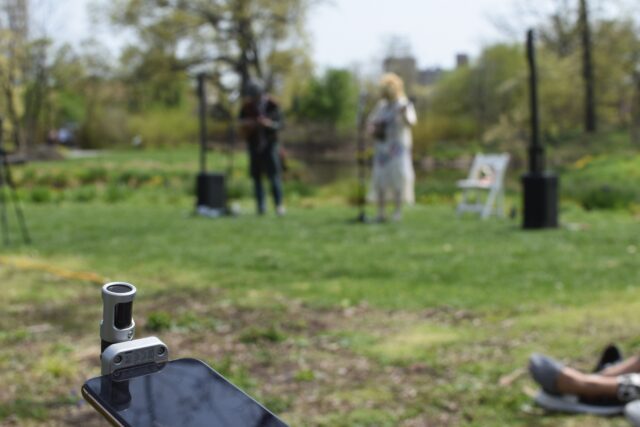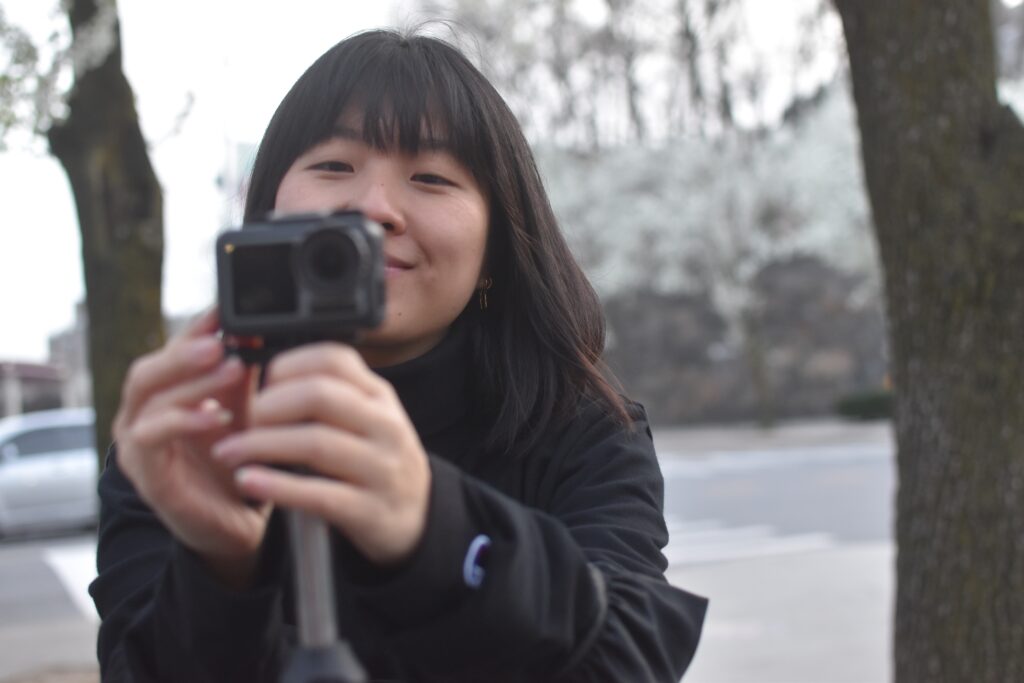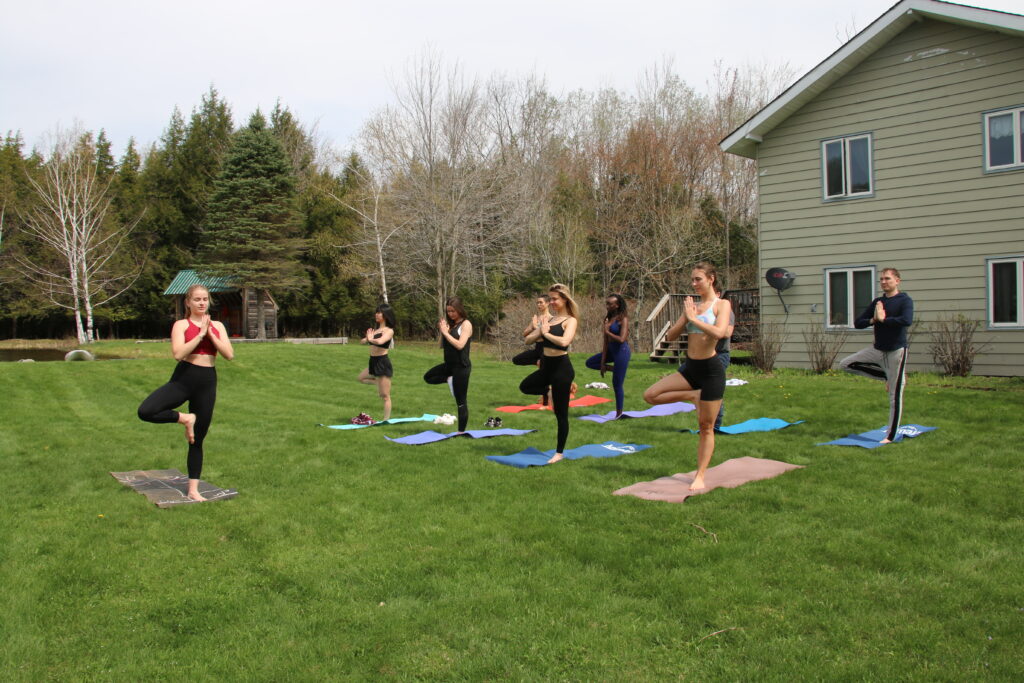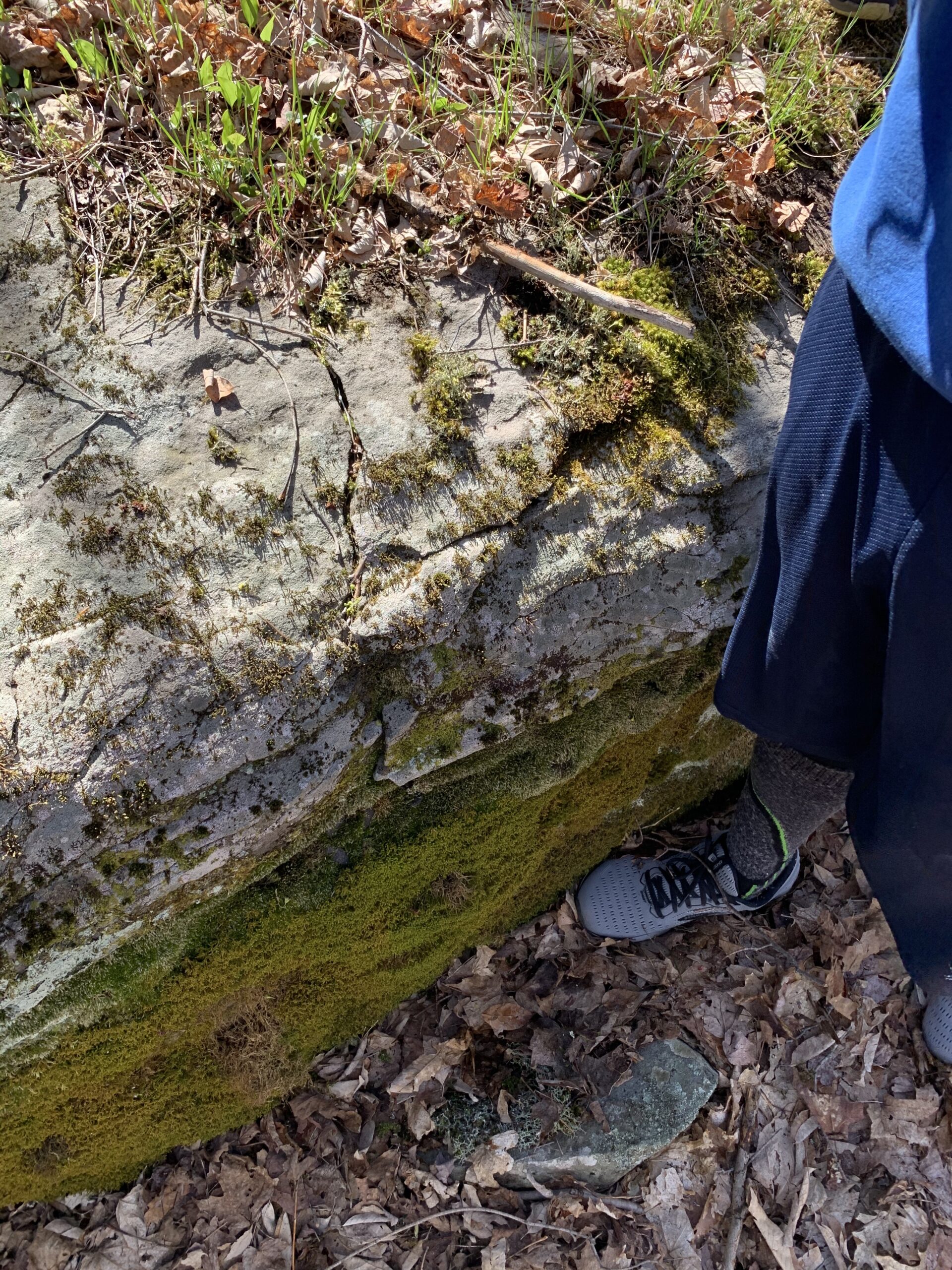My summer research focuses on two key areas: first is investigating the interrelationship of art creation, artists and the environments, second is identifying and quantifying the key metrics that drive creativity in human. I am interested in examining the bidirectional impacts between artists (human) and surrounding environments; specifically, I am analyzing how environments like nature and urban green space impact artists’ creativity, process and produced work.
Inspired by Simmel’s book, “Metropolis and Mental Life” and Packer’s, “The Mega City, Decoding the Chaos of Lagos” where both authors explore the concept of surroundings, relationships between individuals and the environments, this project will represent artist’s relationship to oneself, nature, NYC, and urban green space. I hope ehe environment and creativity based research will catalyze public’s view on supporting more urban green space to be built in New York and on NYU campus.
The project results in two key research outputs: first, an ecological art installation – “three months of everyday in New York”, second, an observation and analysis on environment’s impact to artists and their creative process. The art installation is experimental and multidisciplinary – the format includes eco art materials that are sourced from New York (organic food coloring, rocks, nature outputs) and audio captured every day in New York. As the art installation is being built (ideally locate near NYU campus, urban green space rooftop or farm or New York city islands), it represents the relationship between New Yorker and our everyday life from the environmental perspective. The purpose of the art installation is the visualize the relationship of oneself and the environment, as well as provide public awareness of how humans are impacting the environment as well. This art practice is considered a form of relational art which as the installation focus on human relations and their social and environmental context, rather than an independent and private space. The second output – an observation and analysis are focus on providing visual presentation and quantitative data points on how urban green space provide positive impacts on artists creation, creativity and innovation. The analysis can strengthen the importance of urban green space, recommendations on nature elements that we should plan to increase general public’s health, wellness and brain activity. Experiments will include comparing art creation process between urban environments with little green space (Financial District, Midtown) and urban environment with large green space (near Central Park or rooftop farm like Brooklyn Grange). Hypothesis and questions include when artists are creating art, what natural elements encourages creativity, what the quantifiable impacts are.
Coming into this research topic I knew it will not be easy – not only is there few dataset available to be analyzed, creativity is difficult to measure and monitor. My approach to the research is organic – instead of executing a repeatable research methodology to collect quantitative metrics, I focus on the roots- connecting intent and the environments. My method is flexible – I started by having discussions with environmental artists, being in nature, collecting nature samples and talking about it in the moment. These exercises helped me to collect large quantity of raw, unstructured data and I can scrubbed through to form my initial hypothesis. These exercise also helped me understand my intent to this research project and ultimately my master thesis. Humans belong to large communities of life and environments including private space and home, social context, urban and rural settings. When it comes to art creation, the environment creates significant impact on artists’ intent, iterative process, mediums and body of work, and final delivery of the work. Some questions I am asking in the thesis include: do green space and nature assist creativity? What is the positive impact of urban green space to artists and art creation? What are New York City artists’ challenges due to space constraints and lack of rural environment? Furthermore, as part of the environmental research fellowship, I will dive deep into the specific relationship between how environments and surroundings impact artists and their process to create art in hope to catalyze environmentalism.
So here I am, capturing various moments and samples – from nature (time and location bound), discussion snippets, and documentation of the process.



